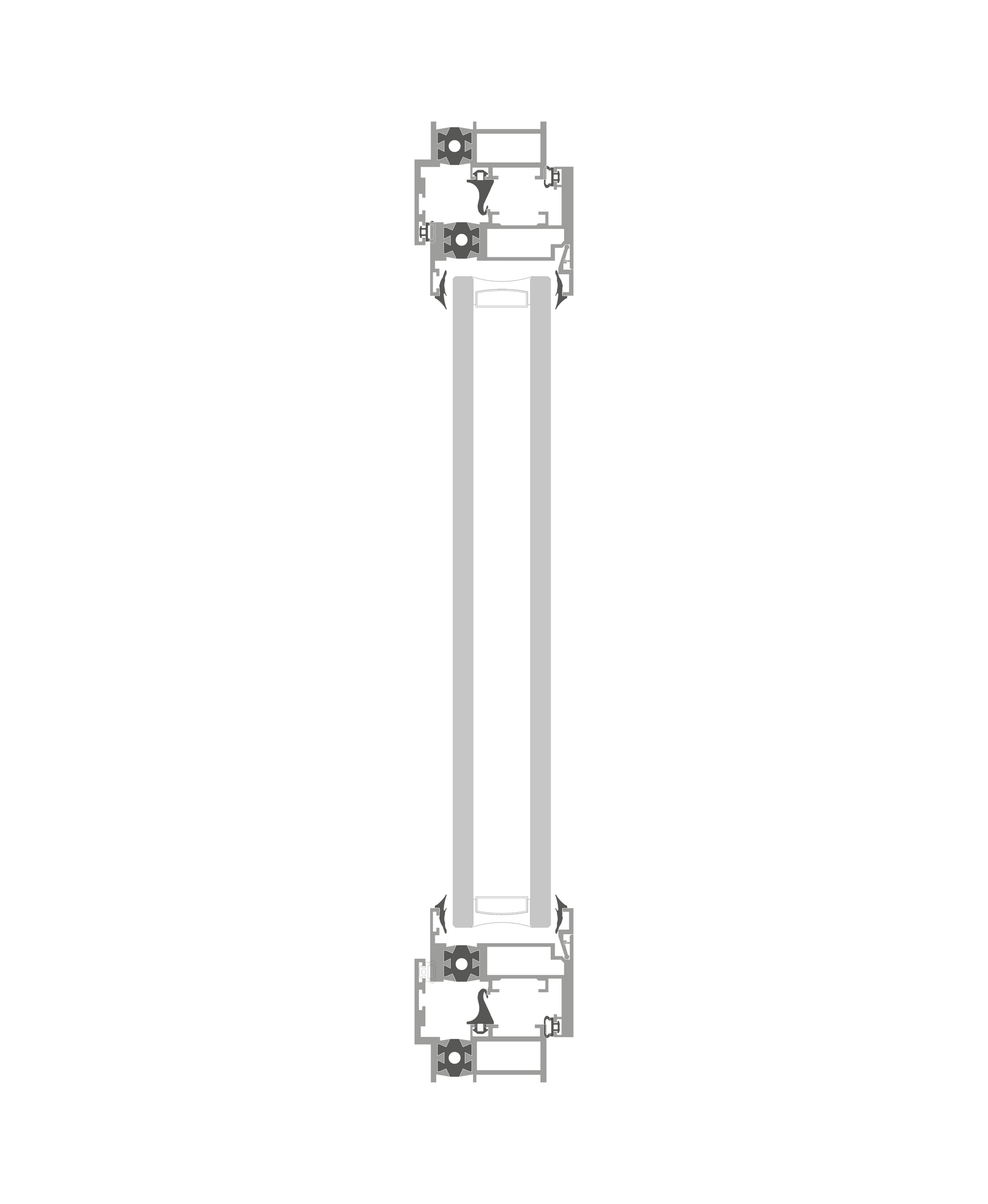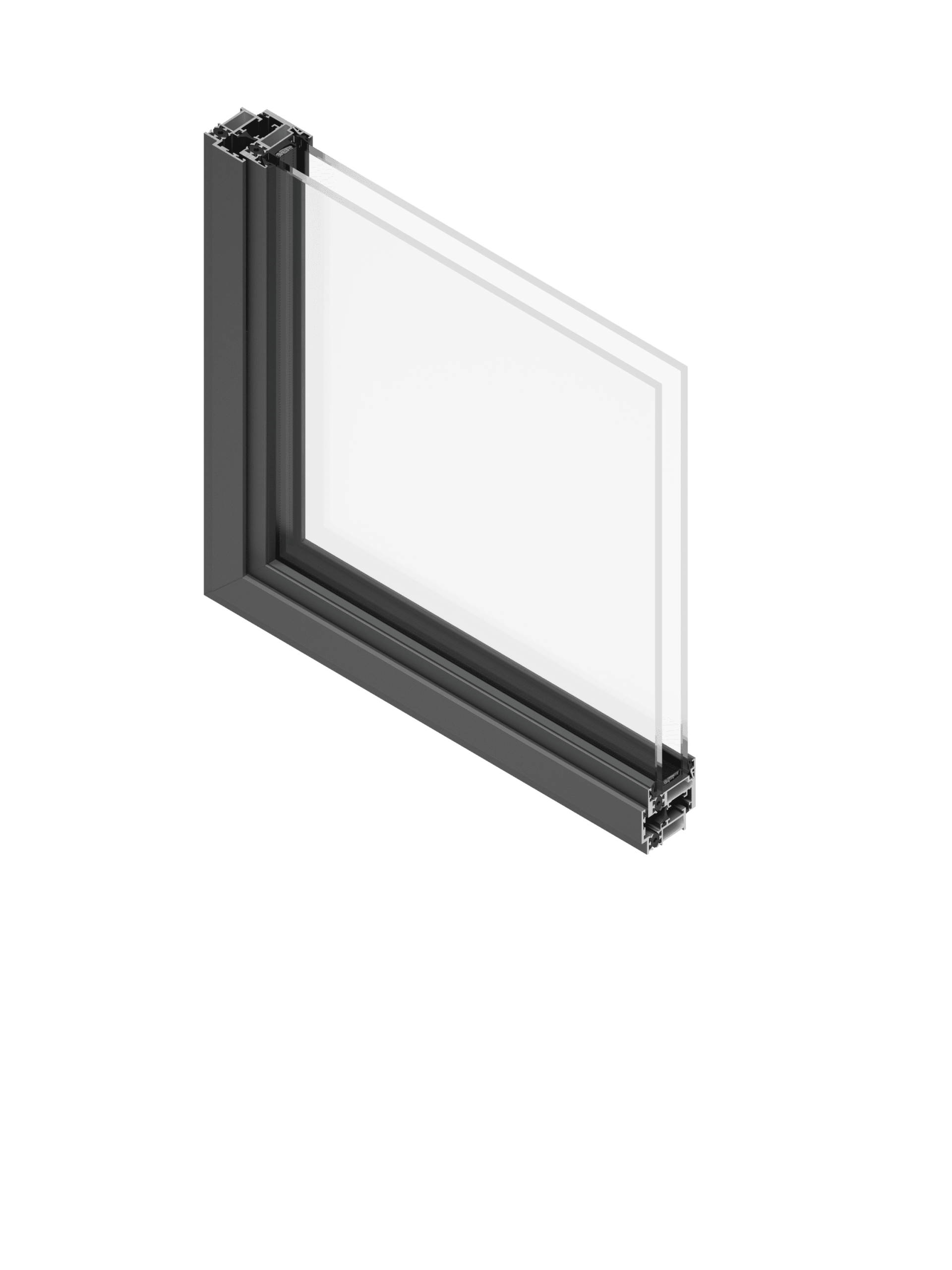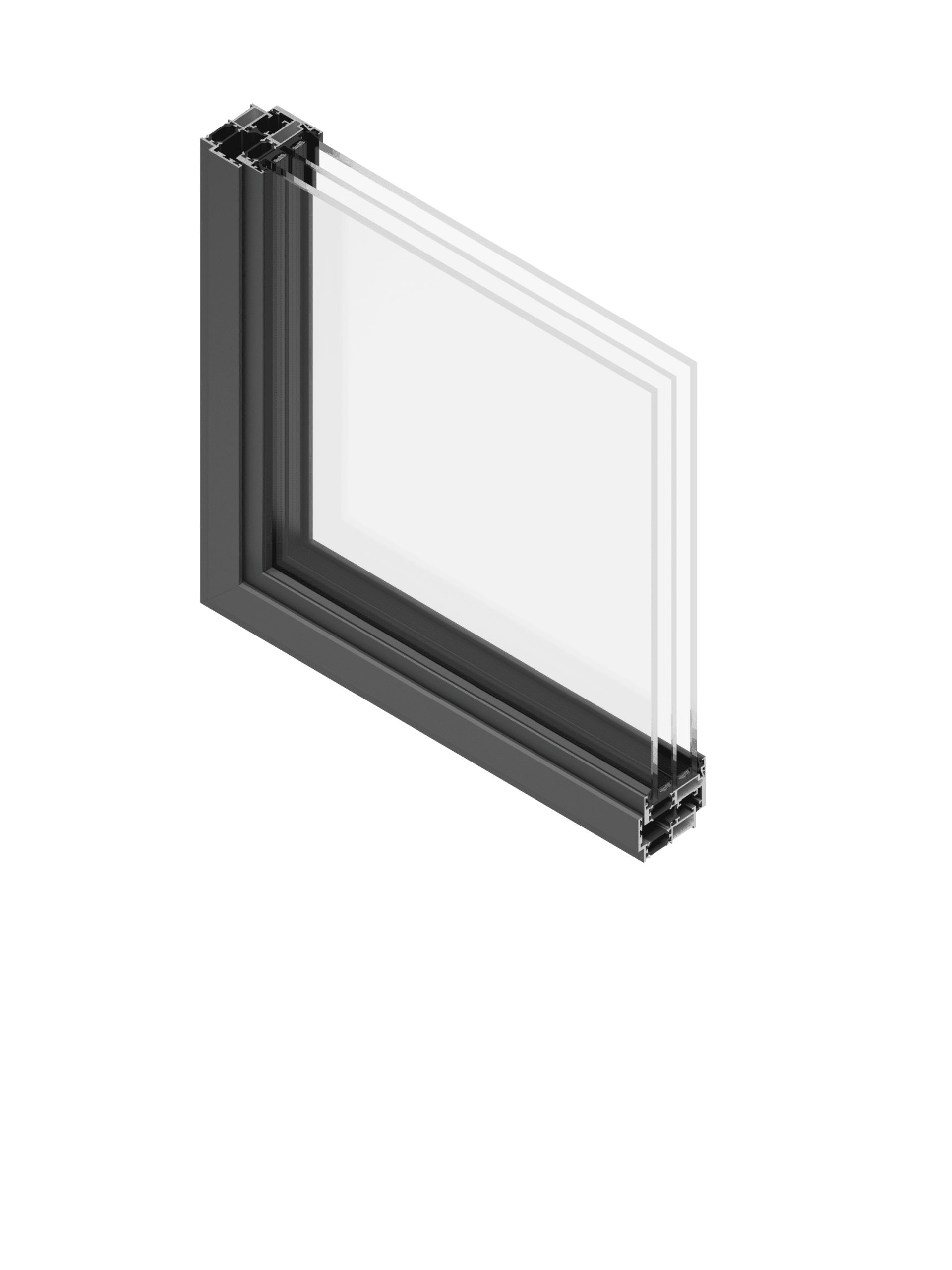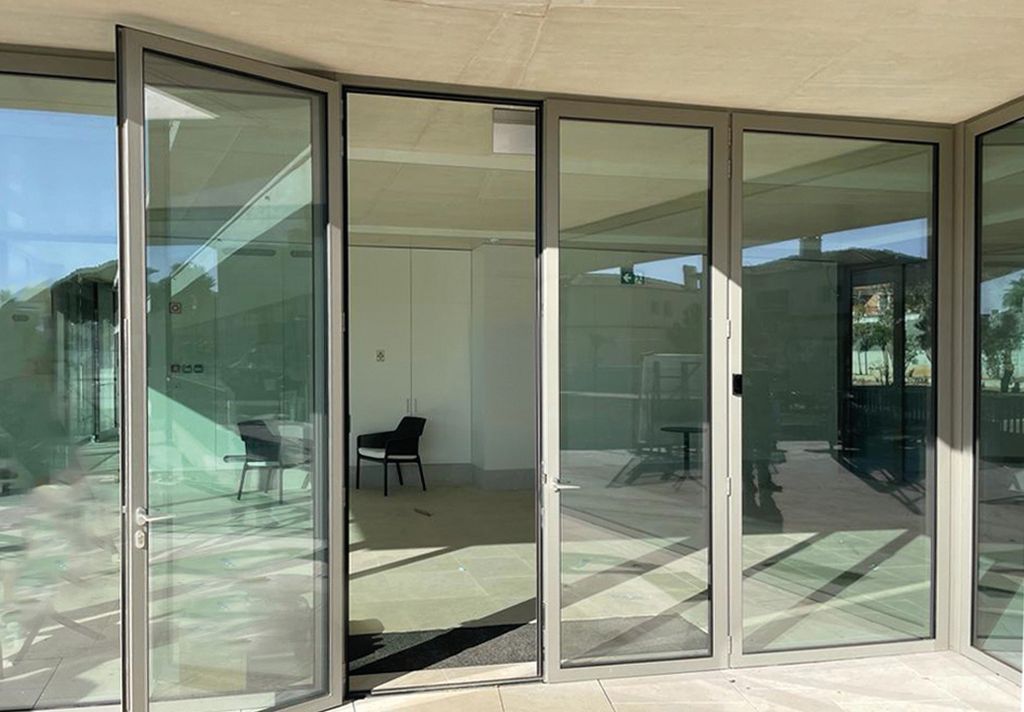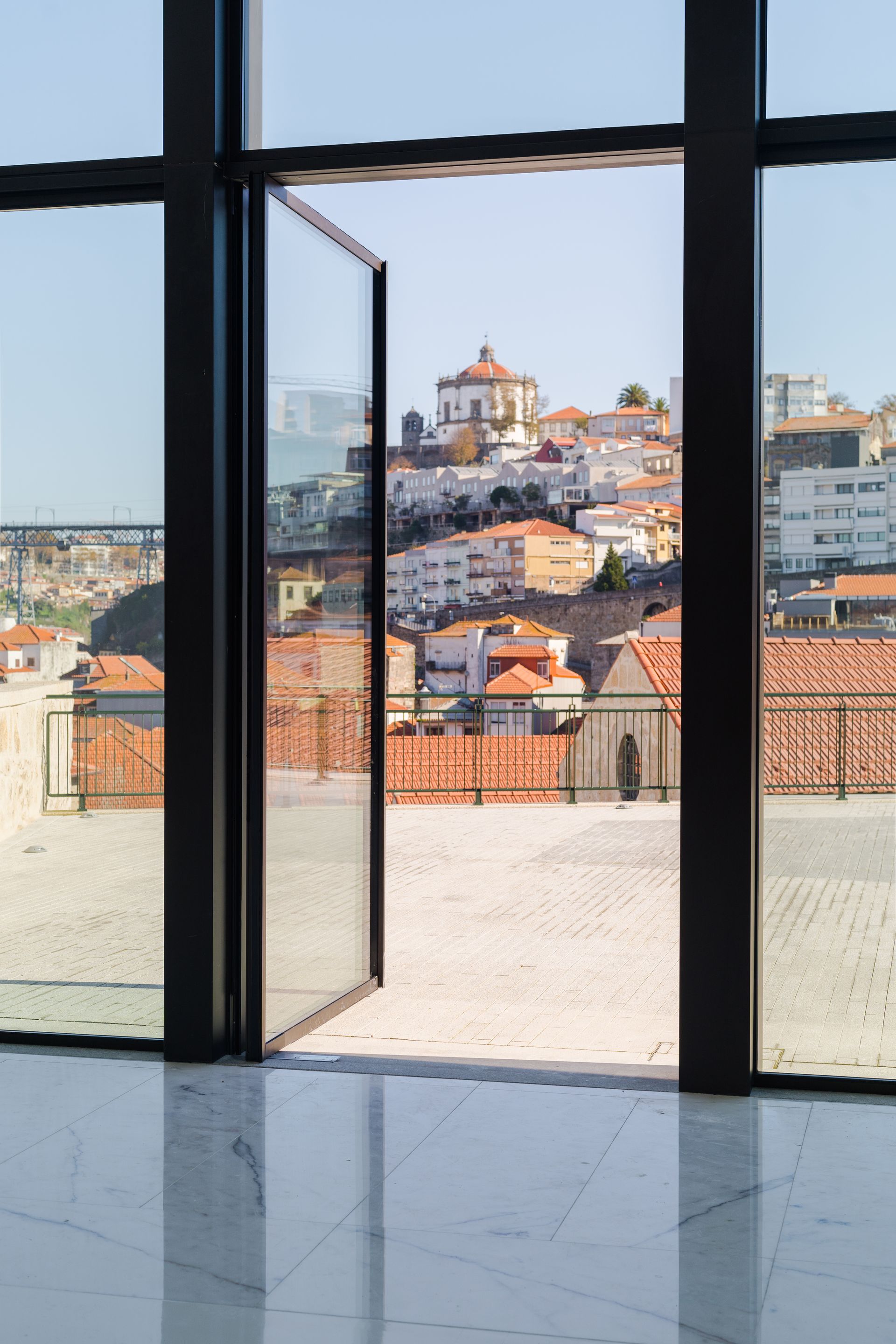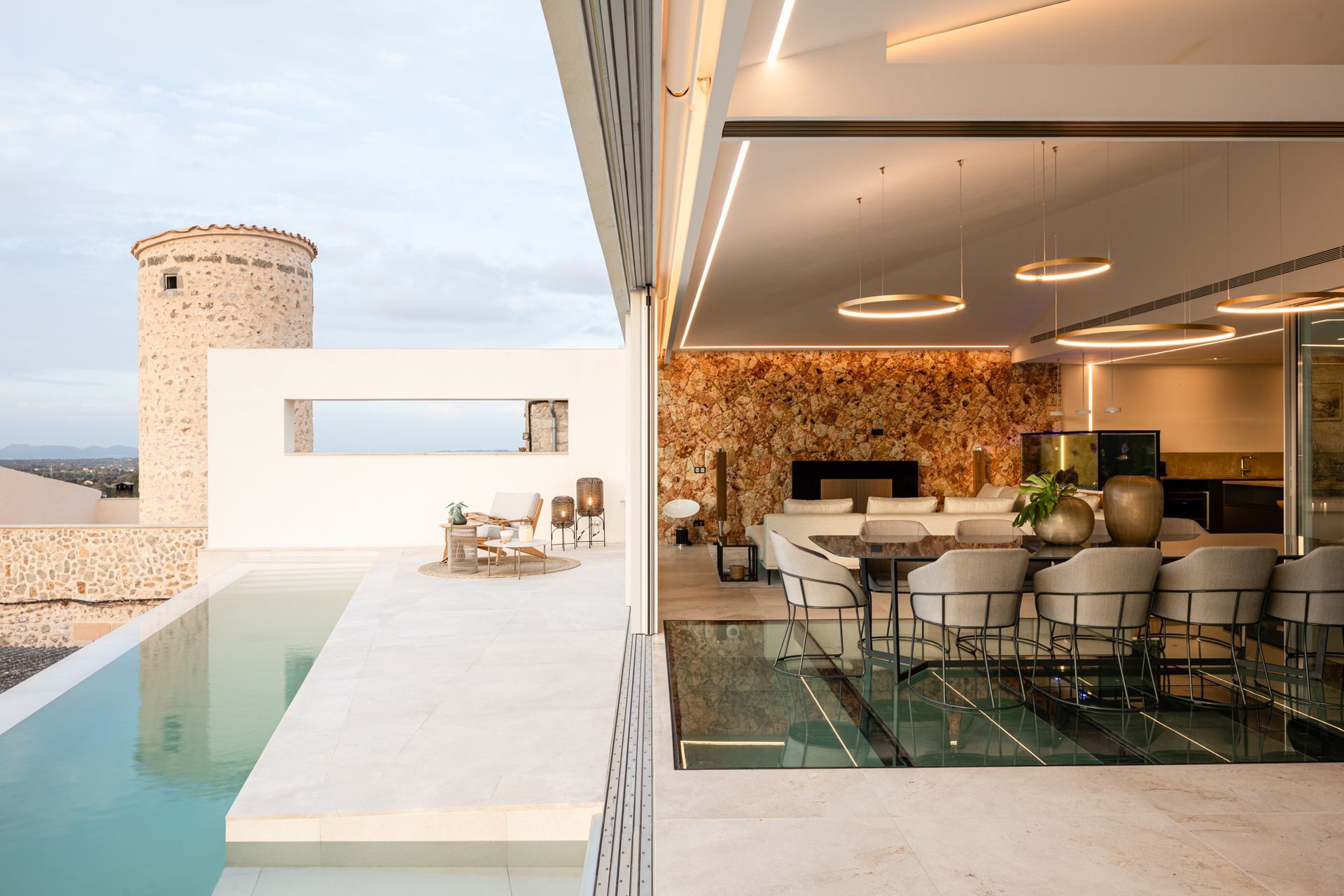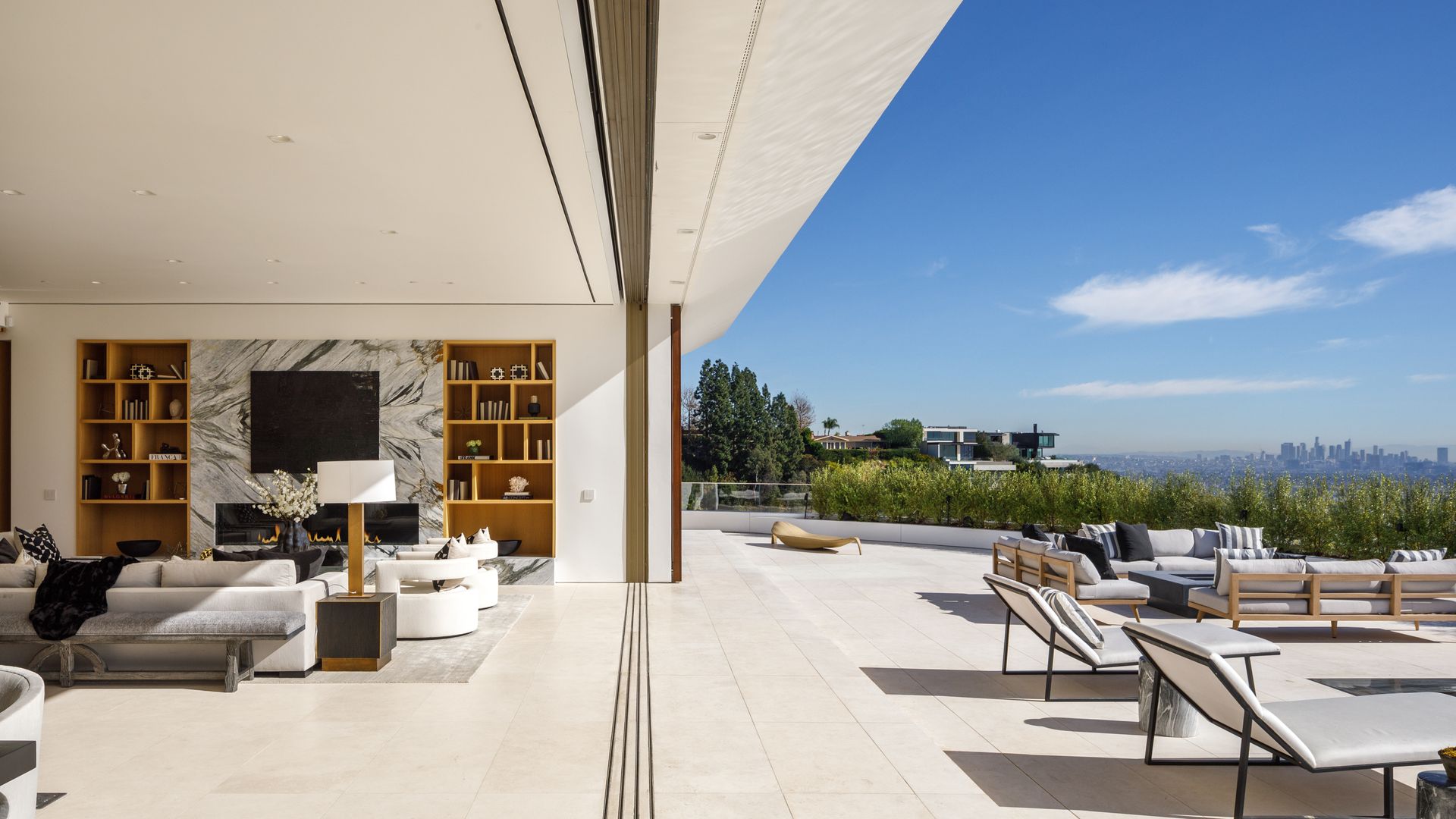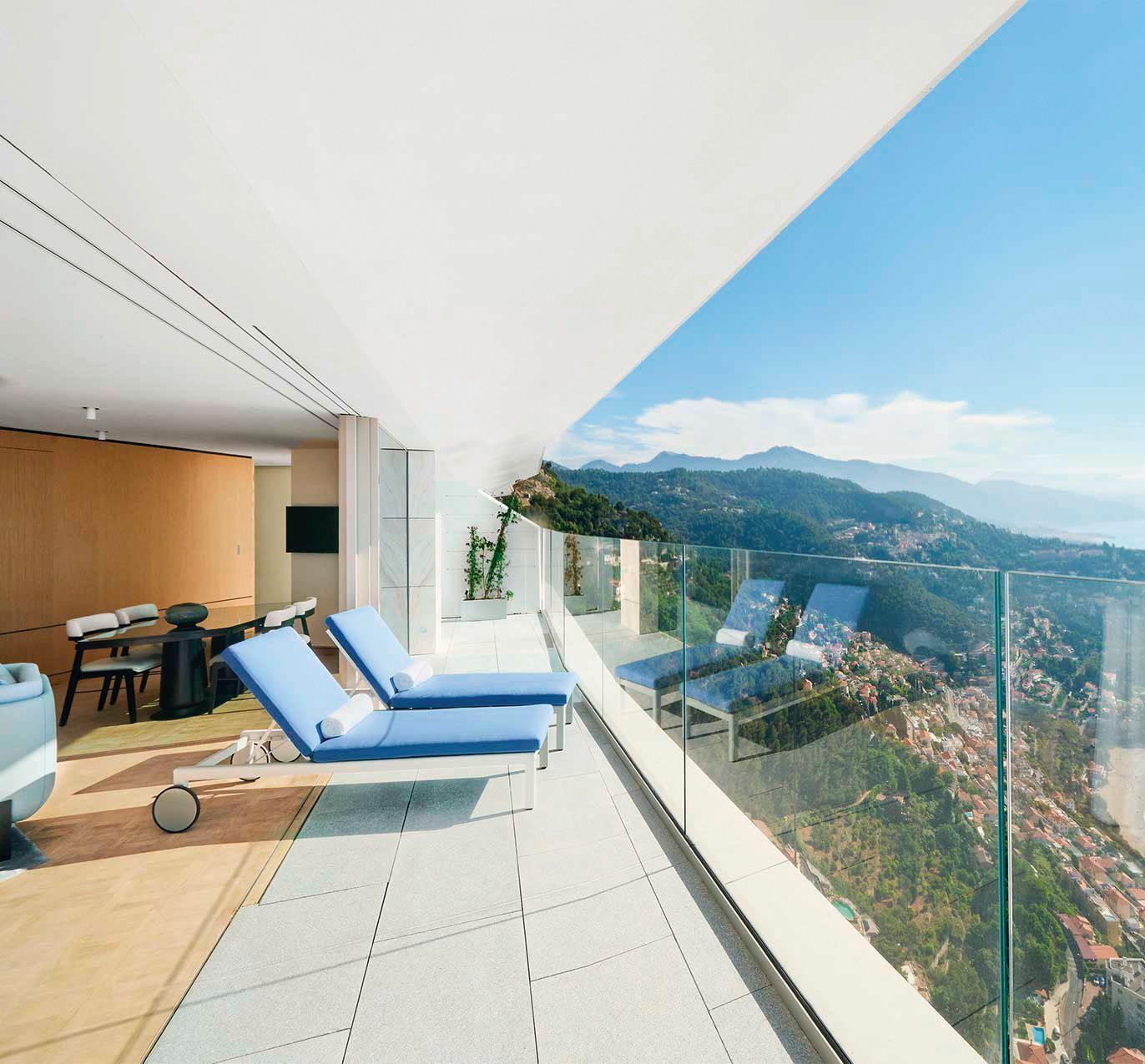OTIIMA
Open
OTIIMA OPEN System is offered in both inward and outward opening configurations in the perimeter with the same size as the sliding series profiles, allowing the extension of living spaces.
Features
Description
With OTIIMA OPEN, you can have perimeter profiles with the same size and configuration of the sliding series profiles.
Performance
Rim profiles in OTIIMA OPEN are reinforced with binding polyamides for improved thermal insulation performance and toughened double and triple glass allow the best thermal performance.
Series
Available in 38 and 54 series.
Configurations
It is designed to offer multi-point locking for increased security. Concealed motorization is available upon request.
See more
Recent posts
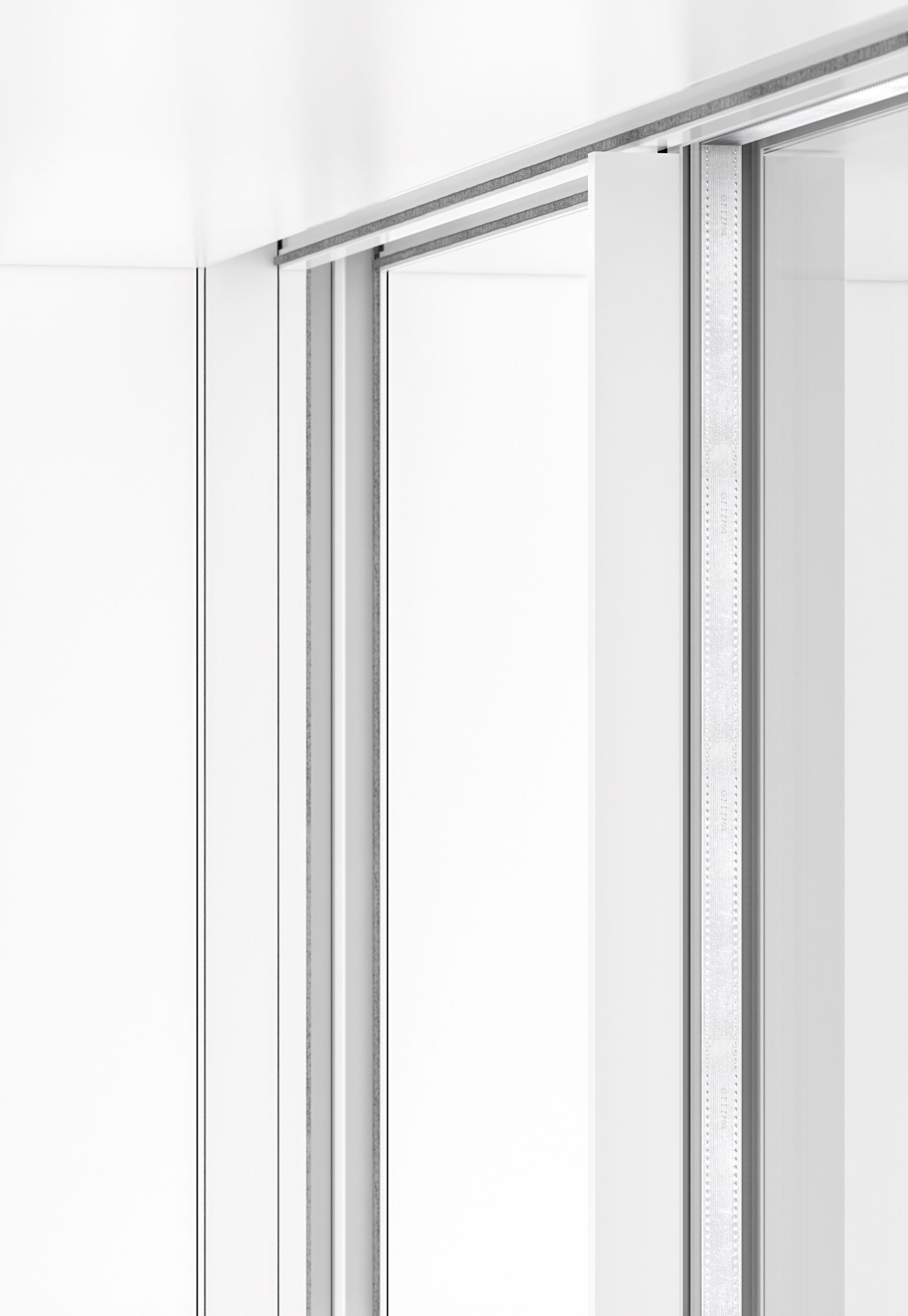
When it comes to architectural glazing, the principle of "less is often more" guides OTIIMA’s Vision system, a revolutionary window solution that redefines minimalism, engineering, and elegance. Designed for an ideal balance of transparency, precision, and performance, the Vision system transforms the way windows look, feel, and function. Minimal Aluminum, Maximum Light At the core of the Vision system is a radical design philosophy: reducing the visible aluminum to enhance natural light. By concealing the top and bottom rails within recessed outer frames, Vision creates a flush, seamless opening that provides uninterrupted views and continuous daylight. Whether opting for a standard horizontal sliding panel, a corner opening, or a hidden pocket system, you can expect pure transparency combined with architectural integrity.
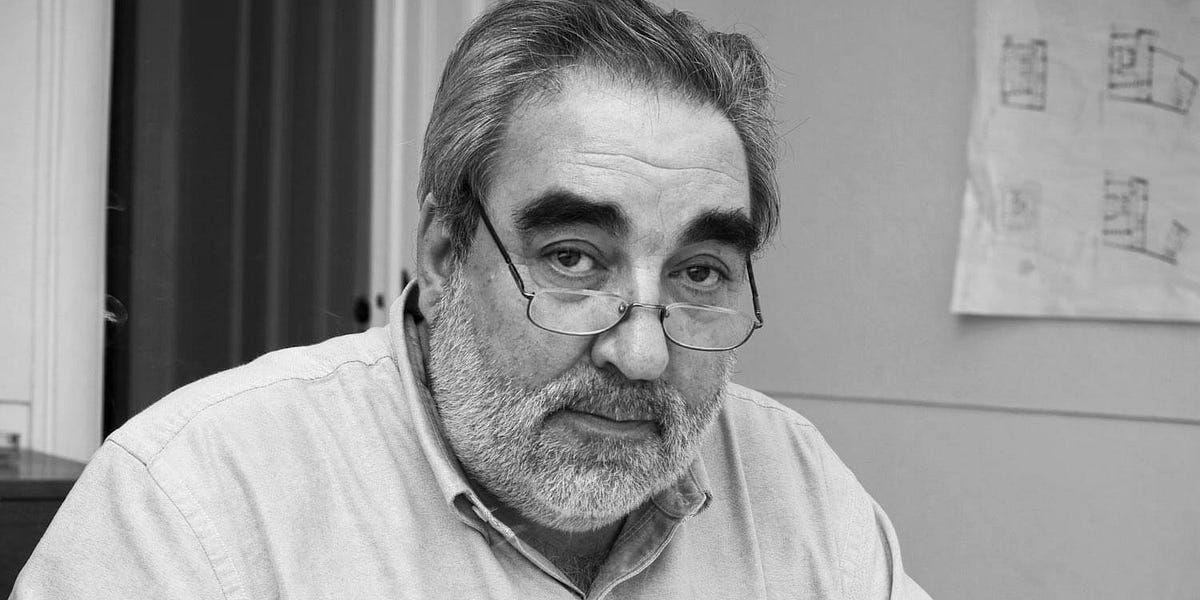
Today, we celebrate the birthday of Eduardo Souto de Moura, one of Portugal's most renowned architects, whose work has had a profound influence on contemporary architecture worldwide. Famous for his minimalist and impactful designs, Souto de Moura combines tradition and modernity to create spaces that are functional and refined. A Journey in Architecture Born in Porto in 1952, Eduardo Souto de Moura studied architecture at the University of Porto, where he later became a professor. Early in his career, he was profoundly influenced by Álvaro Siza, another legendary figure in Portuguese architecture. Souto de Moura’s signature style emerged through his disciplined use of materials, a sensitive engagement with context, and an emphasis on structural clarity. In 2011, he received the Pritzker Architecture Prize, often described as the Nobel Prize of architecture, underscoring his global impact and enduring legacy. 1. Braga Stadium, Portugal Completed in 2003, Braga Stadium showcases Souto de Moura’s ability to integrate architecture with its environment. Carved into a quarry, the stadium's design respects the natural landscape, providing a unique spectator experience while highlighting his talent for harmonizing bold engineering with its surroundings.
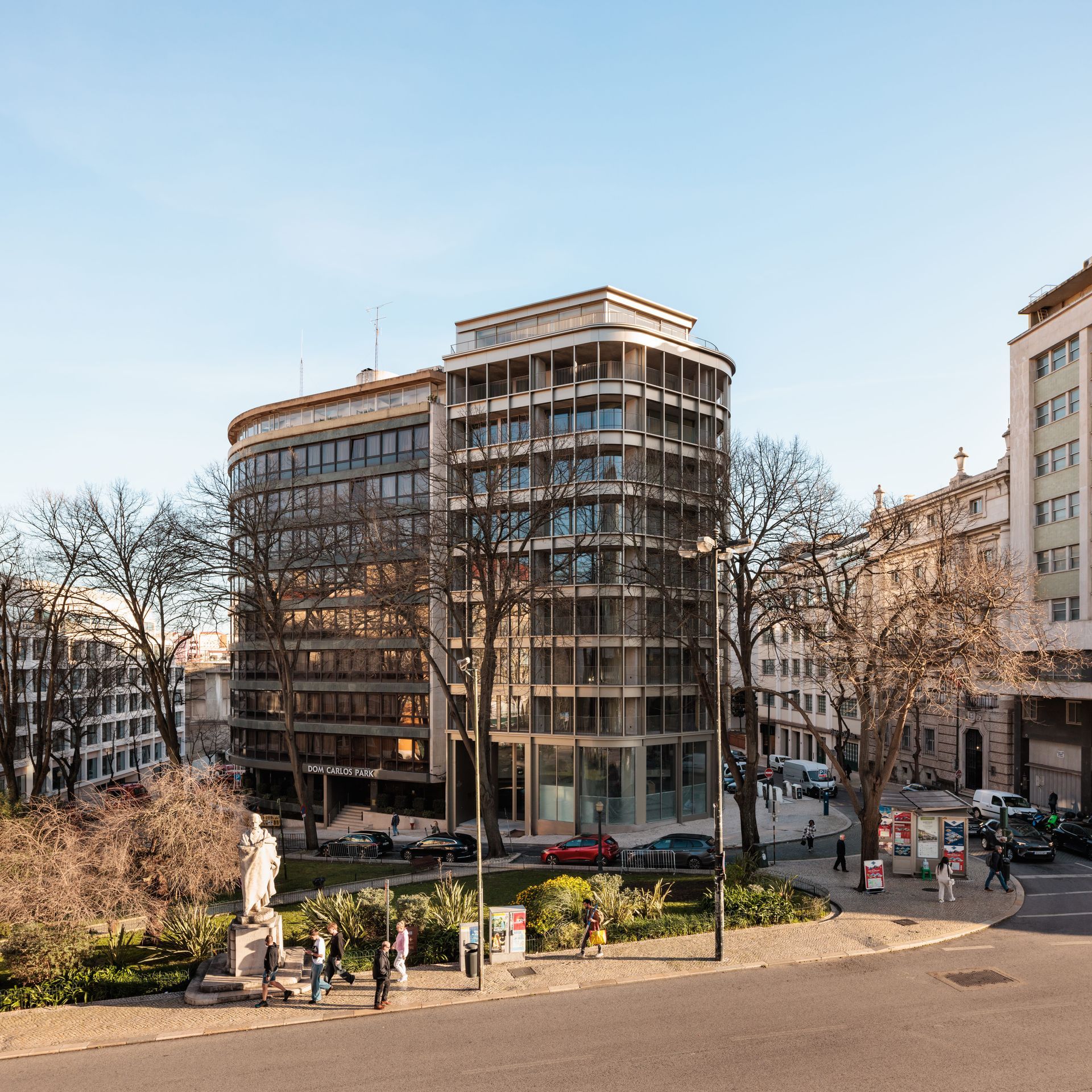
Modern urban architecture faces a unique set of challenges. Cities are expanding rapidly, so architects must balance various demands, such as limited space and strict regulations, sustainability and cultural identity. Understanding these challenges is crucial for creating functional and aesthetically pleasing spaces that address the needs of today’s urban environments. Limited Space and Growing Populations One of the most significant challenges is the limited availability of space. As more people move to urban areas, land becomes increasingly scarce and expensive. There’s a need to find creative ways to maximize every square foot, often by designing taller buildings or multi-use spaces that serve multiple purposes simultaneously. However, building upwards comes with technical considerations such as structural safety, lighting, and ventilation.



